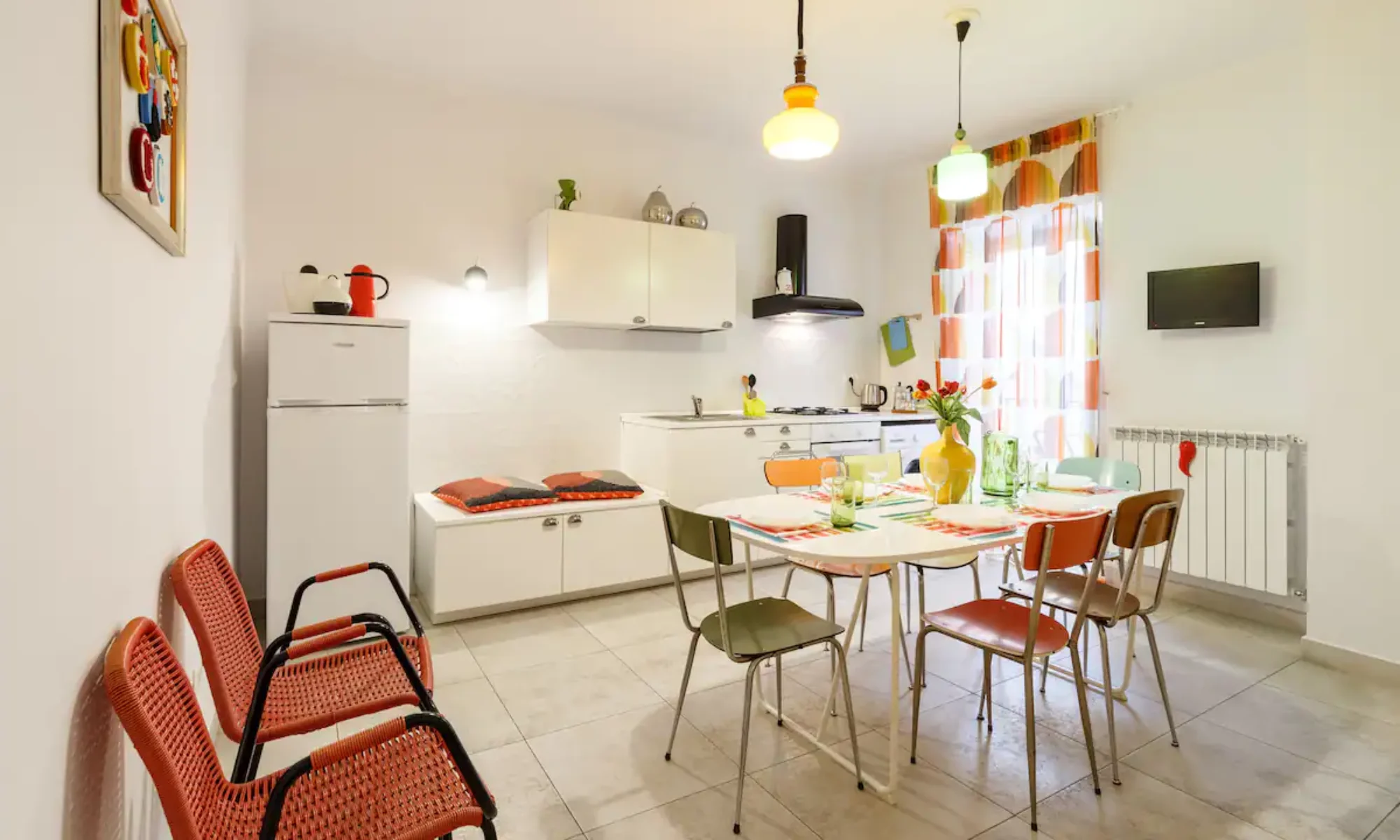Capri‘s velvet-like elegance and glamor are a thinly veiled invitation to hedonism. It is hard not to give in to the flattery of such a beautiful island. And, in any case, the most skeptical could be enchanted by the siren song. A microcosm in which sea, vegetation, art and culture are in perfect balance. The cliffs, the magnificent views along the paths, a fertile and lively soil with thick vegetation, the warm hues of citrus groves, the banks of brilliant bougainvillea and, then, the Roman villas, with traces of the passage of Octavian and of the sadistic Tiberius, who had twelve villas built and chose enchanting Villa Jovis as a residence. But things changed in Capri in the 1800s when the sparkling Blue Grotto was discovered. An ancient karstic crevice conceals a spectacular, almost surreal environment where the filtering light sheds a silver glow on everything. Word spread and the island became an attraction for artists, musicians, writers, aesthetes, such as John Singer Sargent, Debussy and Thomas Mann, for example. Later, in the fifties and sixties, while the whole of Italy was still licking its wounds from World War 2, the first sybarites visited Capri to enjoy a life of luxury, leisure and pleasure, the lifestyle called “la dolce vita”. The glittery international jet-set arrived with movie divas, magnates with their wives, and Hollywood stars. Vintage photo archives depict Jackie Onassis, Brigitte Bardot, Rita Hayworth with Prince Ali Khan, Ingrid Bergman, Maria Callas and Pablo Neruda. The local economy took giant leaps at the time, and hotels, restaurants and clubs were opened. Tailoring developed with maestro Emilio Pucci, and Capri fashion with mid-calf trousers, sandals and jewels became an international trend. The island’s charm has been renowned since.
One of Jackie’s most beautiful and published photos portrays her walking barefoot along the streets of Capri with a t-shirt and a pair of white pants. Her absolute simplicity is the quintessence of elegance.
(Franca Sozzani)
But, let’s go in order. The main port of the island is Marina Grande, from which boats leave the island or head for the Blue Grotto. On the other hand, Capri is the most important and picturesque, with white tufa stone houses enhanced by flowered terraces, boats and mega yachts anchored to the marina, narrow alleys overflowing with boutiques, besides clubs and exclusive restaurants that have supplanted local activities. But, the fulcrum of happy life is the iconic piazzetta, a living room in the heart of the village, with the Church of Santo Stefano, the town hall and many elegant cafés with tables on the street for a pleasant aperitif, when the square becomes a catwalk. It’s like attending a fashion show, with people in evening dress and an impeccable demeanor. However, you an easily get away from the crowds by taking Via Vittorio Emanuele and then turning into Via Camerelle with its many designer shops. Finally you reach Via Tragara, a quiet walk that leads to the namesake belvedere. From here, going eastwards, there is a rather demanding route with climbs and flights of steps that leads to the modernist Villa Malaparte and the natural Arch. Or, from the little square, always following via Vittorio Emanuele, via Serena and then via Matteotti, you can reach the gardens of Augustus, near the charterhouse of San Giacomo, with flowers and terraces where you can admire the view of the Faraglioni, the three pinnacles of rock that rise majestically in the sea to guard the island. From here, you can climb the winding via Krupp up to Marina Piccola, a small peaceful corner with a beautiful bay sheltered from the wind. The western part of the island features the promontory of Anacapri, the popular but sober counterpart of sumptuous Capri, the ideal place to take a slow stroll along streets colored with geraniums. And, when you want to go back to being a VIP, you just have to descend the 881 steps of the Scala Fenicia that lead directly to Capri.
In Capri, you meet a lot of people who might look famous though they are not.
(Diego De Silva)


